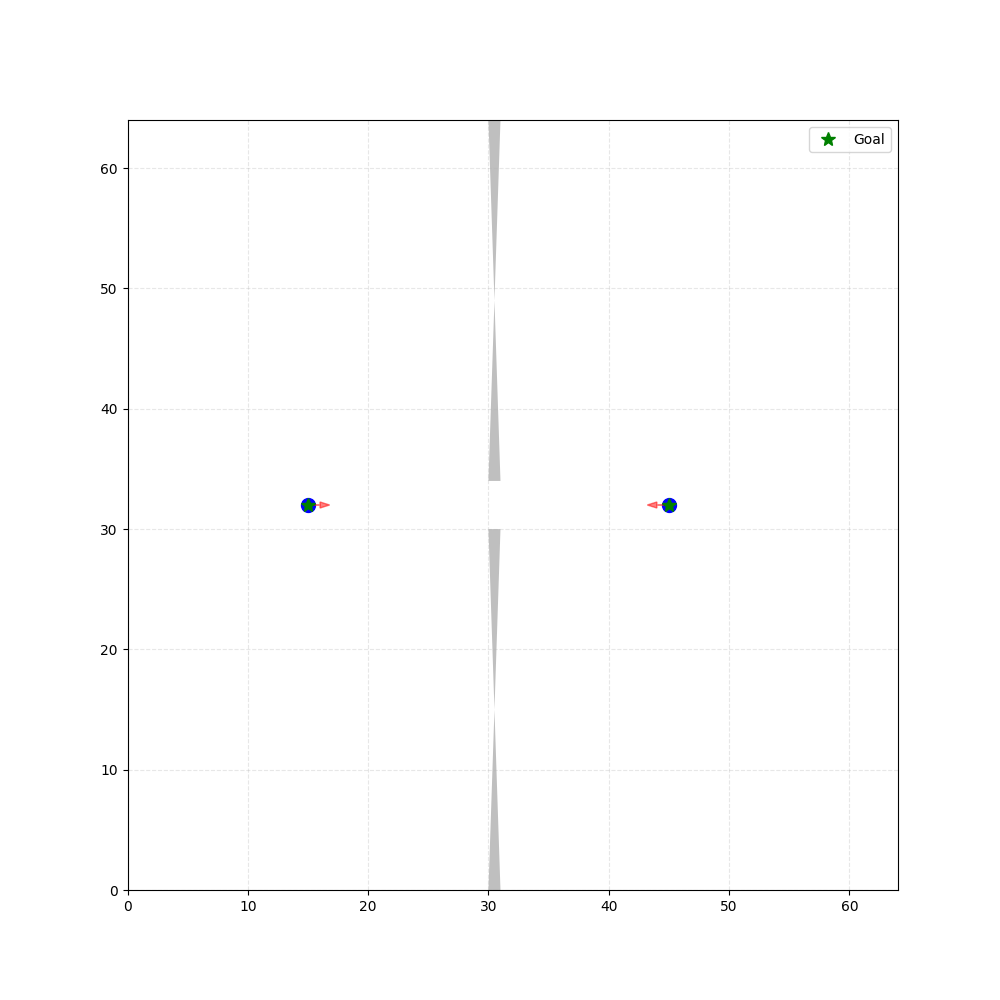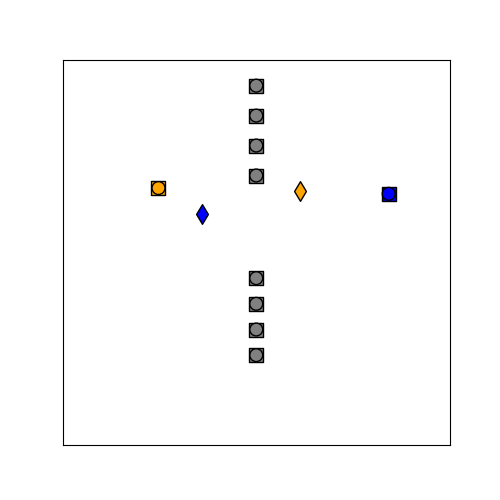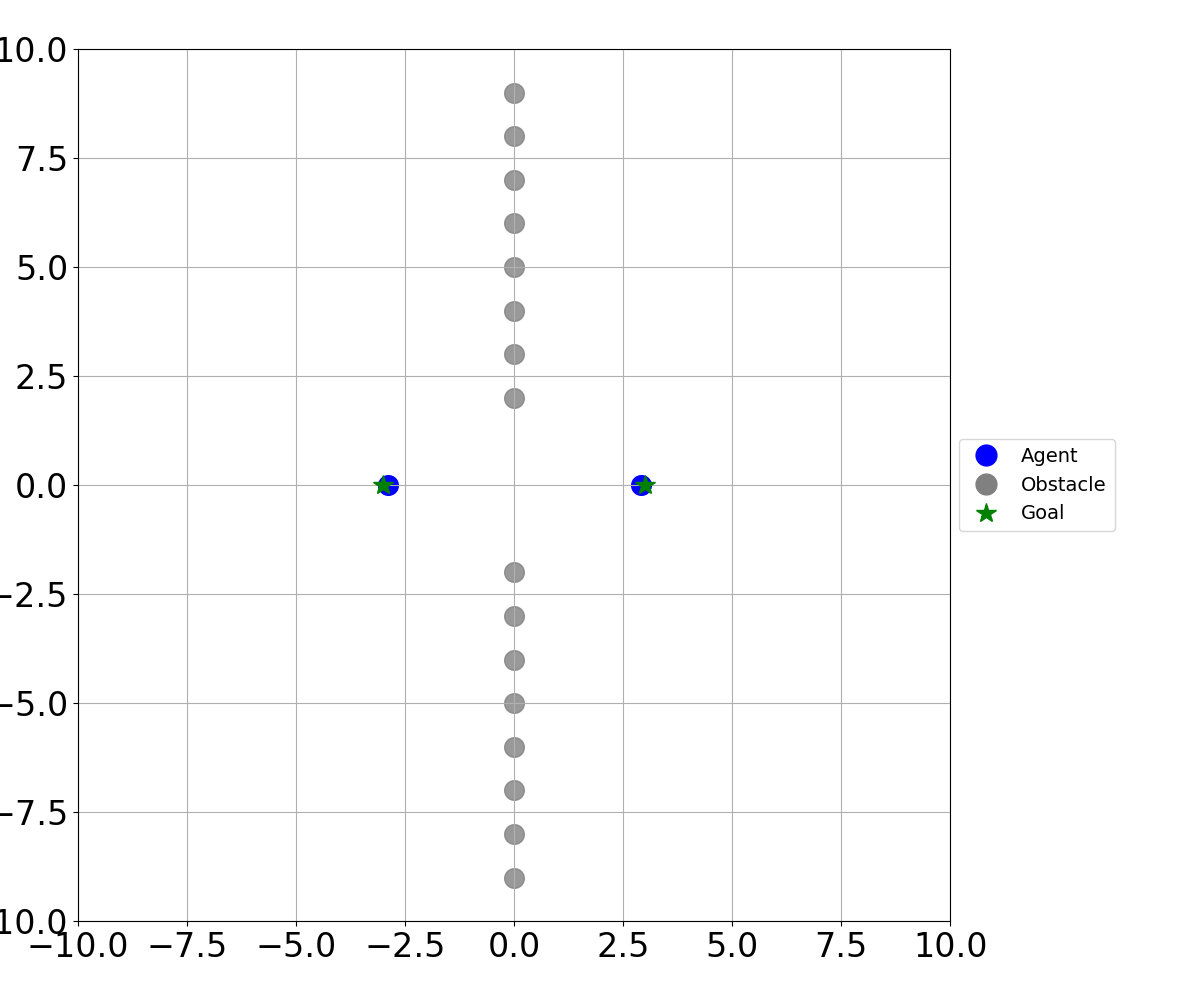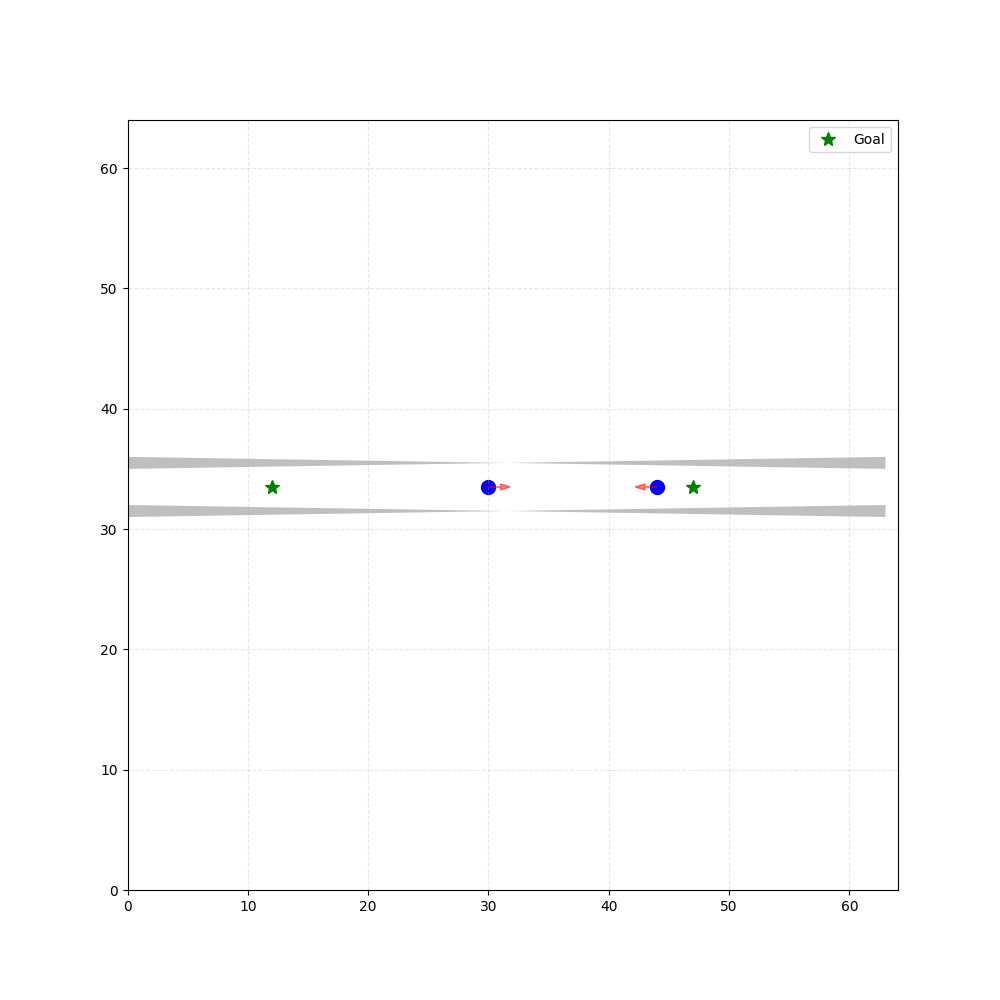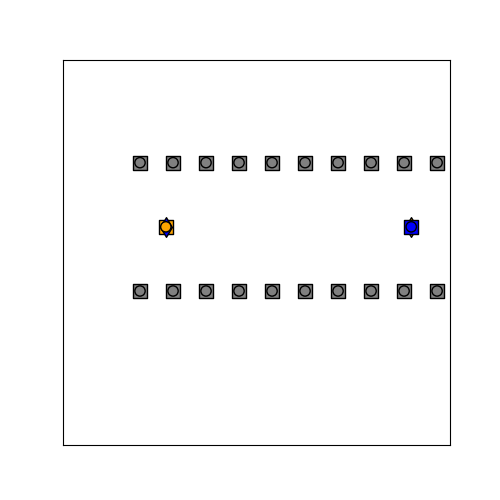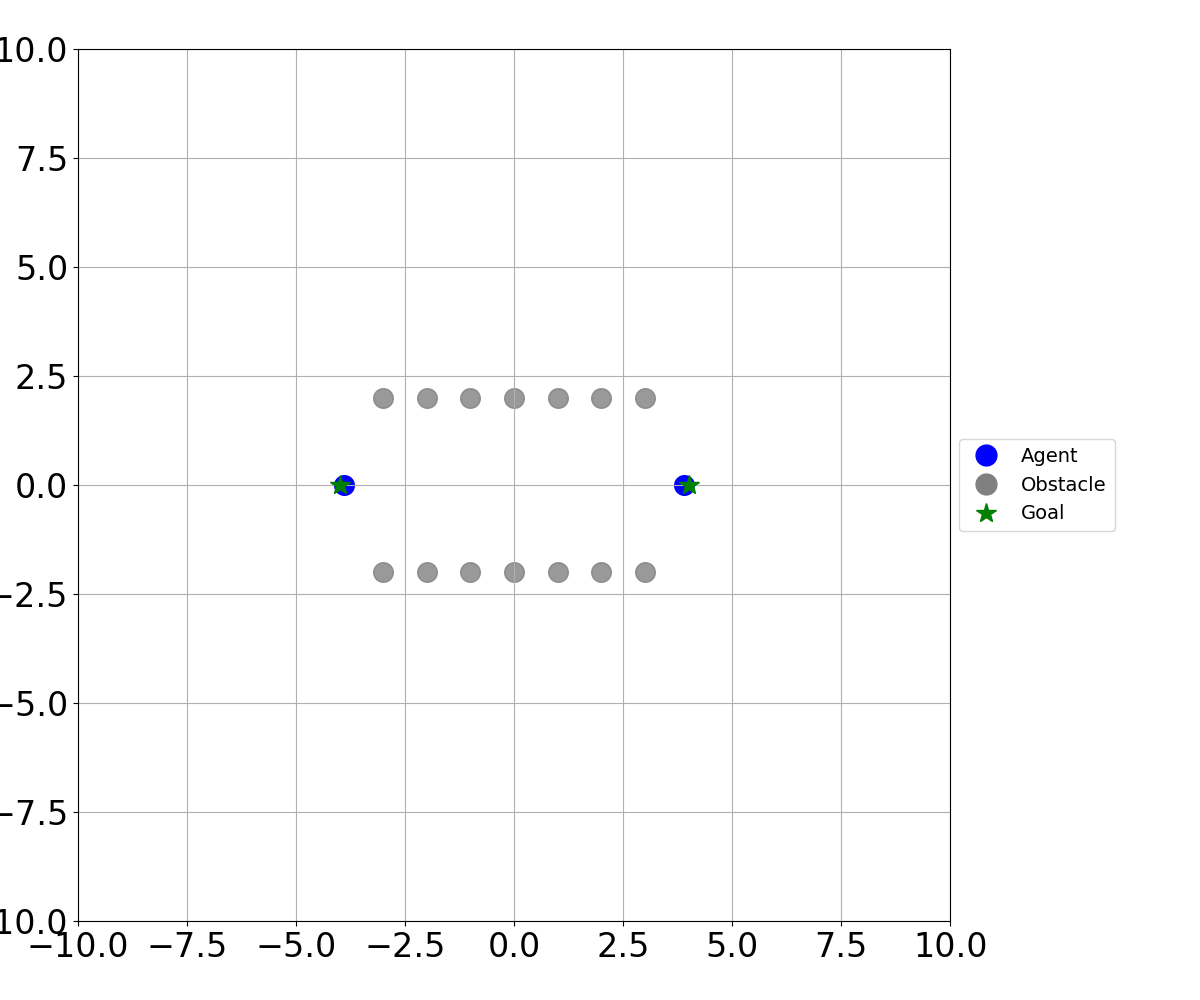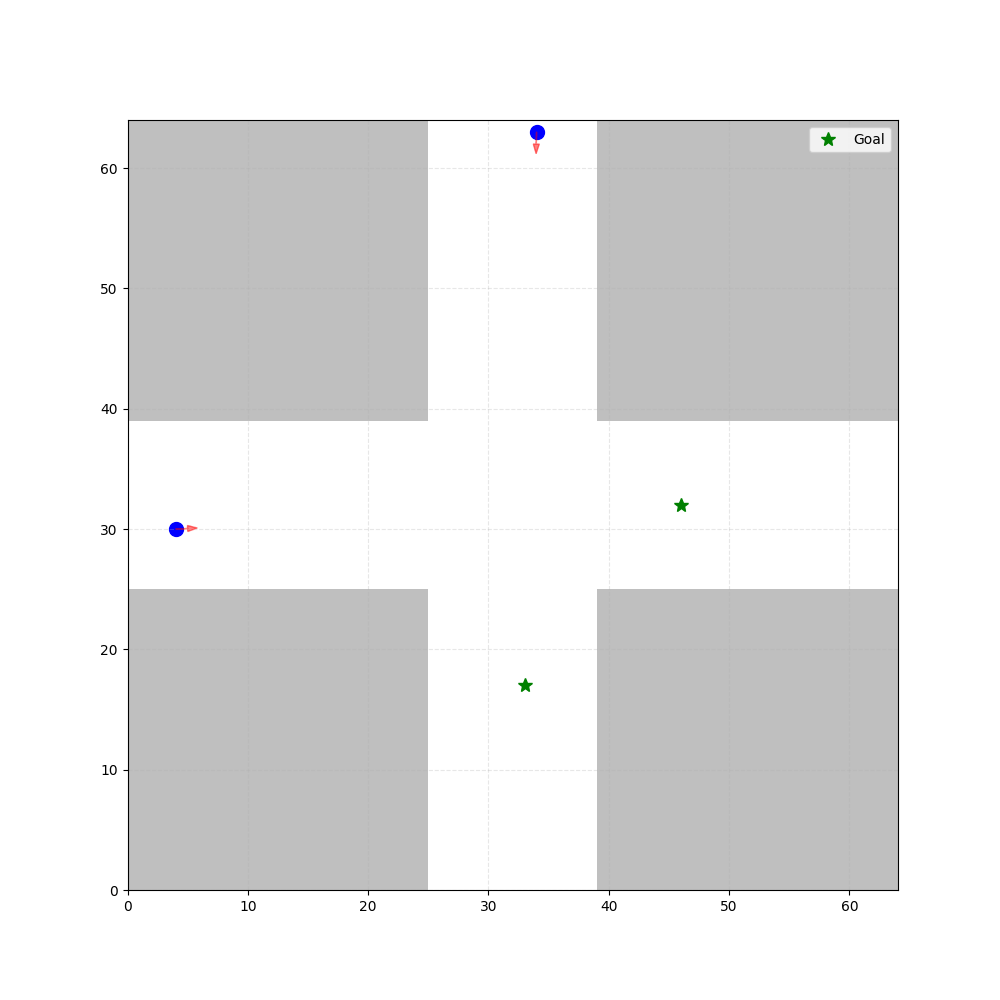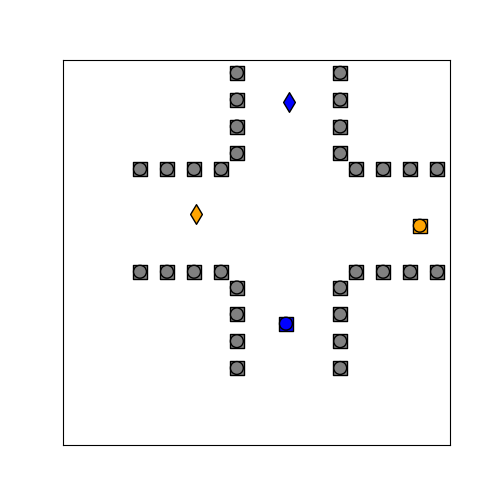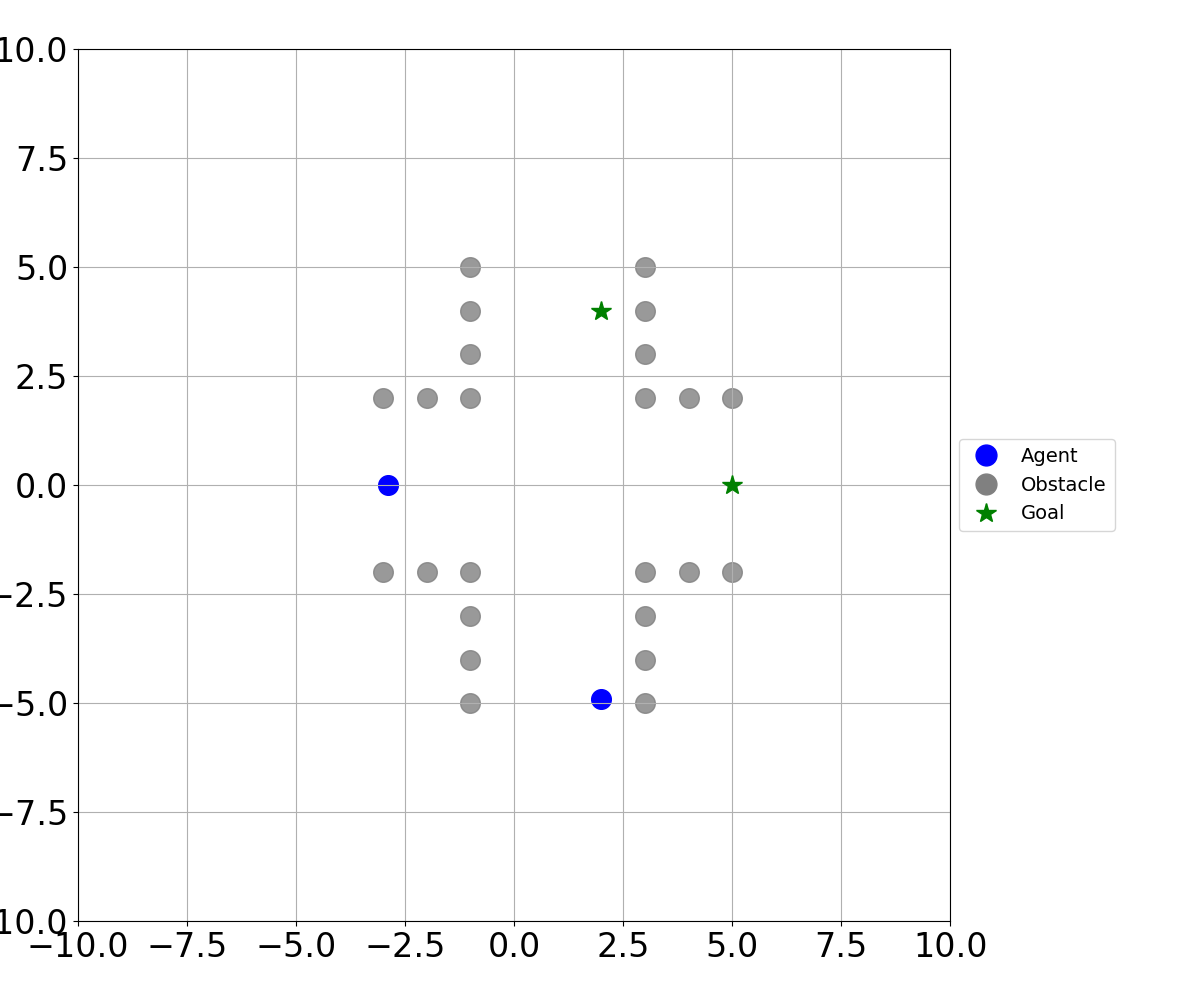The ``Last Mile Challenge'' has long been considered an important,
yet unsolved, challenge for autonomous vehicles, public service robots,
and delivery robots. A central issue in this challenge is the ability of
robots to navigate constrained and cluttered environments (e.g., doorways,
hallways, corridor intersections), often while competing for space with other
robots and humans. We refer to these environments as ``Social Mini-Games'' (SMGs).
SMGs are tightly coupled, high-agency interactions that arise within
general multi-robot navigation (MRN) scenarios. They are identified through
certain distinct characteristics and require specialized metrics to evaluate them.
Traditional navigation approaches designed for MRN do not perform well in SMGs,
which has led to focused research on dedicated SMG solvers (navigation methods
specialized to navigate in SMGs), which has flourished in recent years.
However, publications on SMG navigation research make different assumptions
(on centralized versus decentralized, observability, communication, cooperation, etc.),
and have different objective functions (safety versus liveness). These assumptions
and objectives are sometimes implicitly assumed or described informally. This makes
it difficult to establish appropriate baselines for comparison in research papers,
as well as making it difficult for practitioners to find the papers relevant to
their concrete application. Such ad-hoc representation of the field also presents
a barrier to new researchers wanting to start research in this area. SMG navigation
research requires its own taxonomy, definitions, and evaluation protocols to guide
effective research moving forward. This survey is the first to catalog SMG solvers
using a well-defined and unified taxonomy and to classify existing methods
accordingly. It also discusses the essential properties of SMG solvers, defines
what SMGs are and how they appear in practice, outlines how to evaluate SMG
solvers, and highlights the differences between SMG solvers and general
navigation systems. The survey concludes with an overview of future directions
and open challenges in the field.
